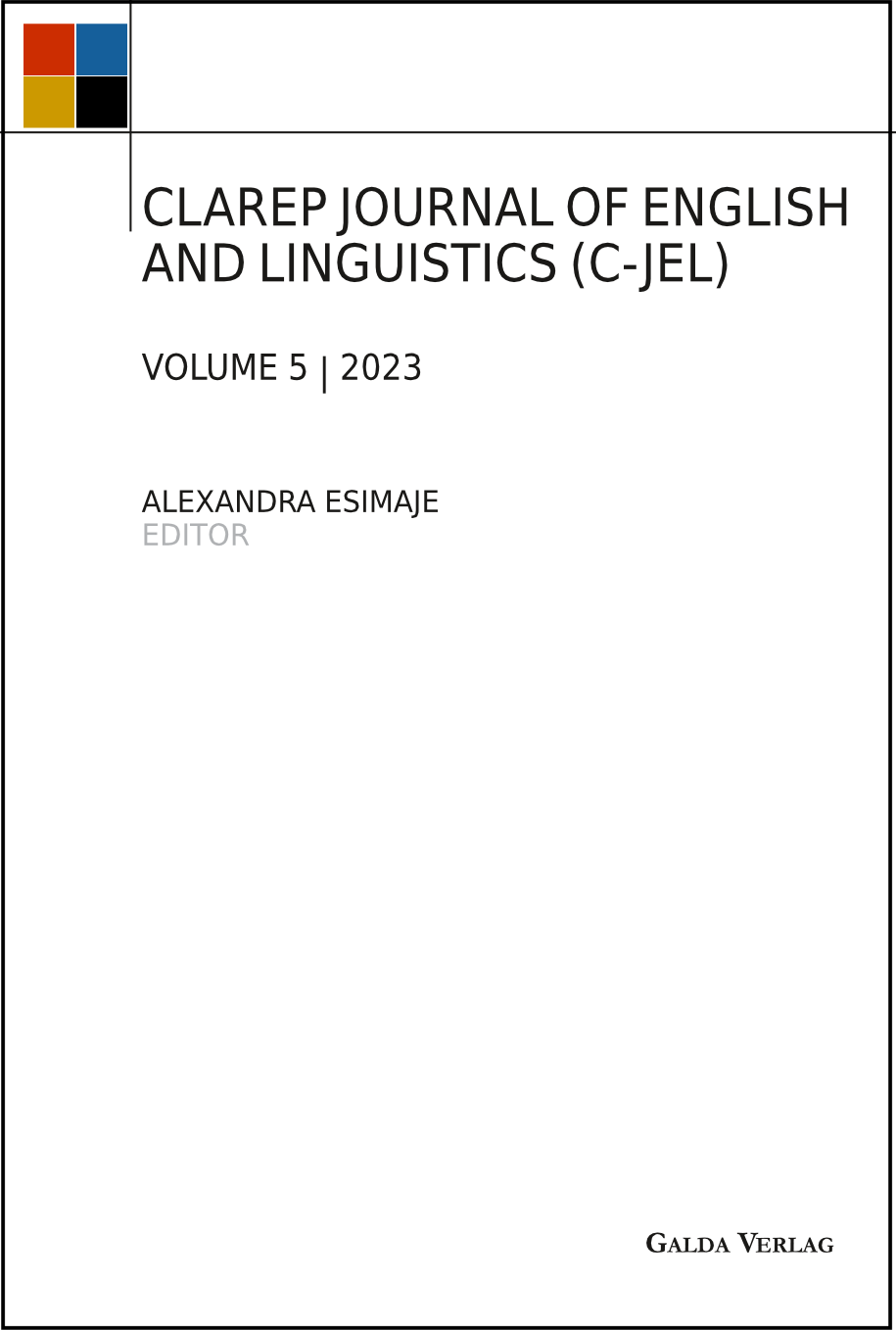Application of the schema-theoretic approach in the interpretation of the stream of consciousness in Wole Soyinka’s The Interpreters
CLAREP Journal of English and Linguistics (C-JEL)
Author: Gerry O. Ayieko
Institution: Kenyatta University, Kenya
Email: gerryayieko@gmail.com
Abstract
Wole Soyinka’s novel The Interpreters (1965) is arguably one of the most challenging post-colonial novels to read and understand easily. The present paper adopts a pre-test post-test control group experimental treatment design. (Sixty university undergraduate students from three universities were selected and placed in two groups: experimental and control. 60 students from two hundred and thirty, 3 universities eighteen universities. The experimental group was taught using the schema theory and the control group was taught using the conventional method which entails whole class lecture, teacher led instruction. After the experimental treatment a pretest and a post-test was administered. A t-test ruled out pre-experimental differences between the groups. A one-way Analysis of Variance (ANOVA) shows that there were statistically significant difference in comprehension level due to the Schema theory method. A multiple regression analysis established that different selected aspects of the stream-of-consciousness: interior monologue, association, montage, plot structure and myth and archetype contribute to the score. The study established that comprehension of stream of consciousness, as a literary technique can be investigated using schema theory.
Keywords
Schema, stream-of-consciousness, teaching literary comprehension, reading
Pages: 145-166
ISSN: 2698-654-X
ISBN: 978-3-96203-308-8 (Print)
ISBN: 978-3-96203-309-5 (PDF)
DOI: https://doi.org/10.56907/godfo37y

